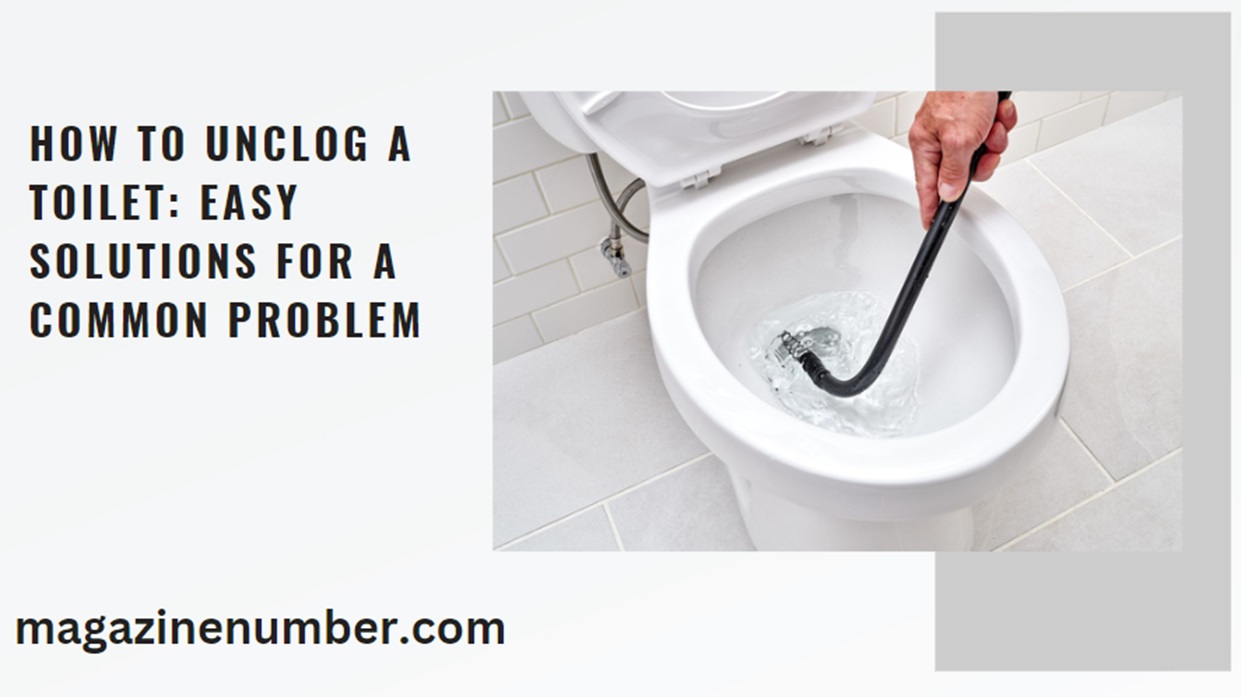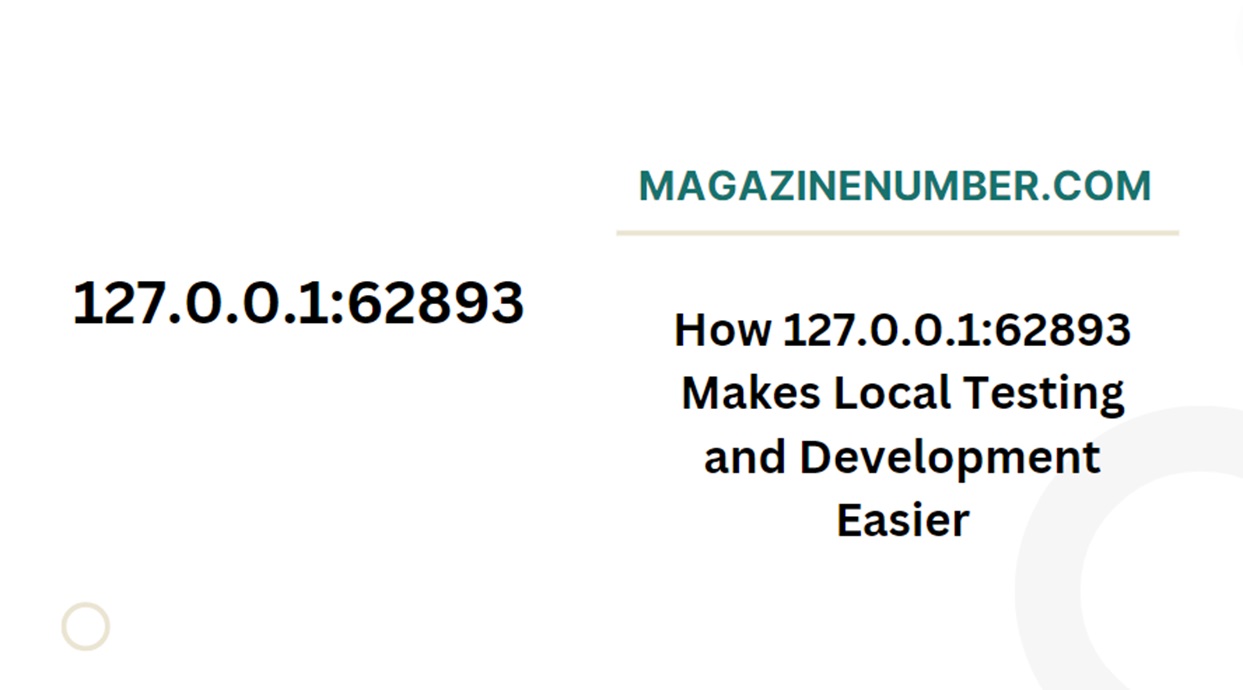How to Unclog a Toilet
Dealing with a clogged toilet can be a daunting and frustrating experience. However, with the right tools and techniques, you can effectively tackle this common household problem. This comprehensive guide will walk you through various methods to unclog a toilet, from basic approaches to more advanced techniques. Additionally, we will provide preventive tips to help you avoid future clogs.
Table of Contents
Tools You May Need
Basic Tools
- Plunger: A standard toilet plunger with a flange. This is the most essential tool for unclogging a toilet.
- Rubber Gloves: To protect your hands from germs and unsanitary conditions.
- Bucket: Useful for scooping out excess water if necessary.
- Towels or Rags: To clean up any spills and keep the bathroom floor dry.
Advanced Tools
- Toilet Auger: Also known as a plumbing snake, this specialized tool is designed to break up clogs deep within the toilet’s plumbing.
- Dish Soap: Can help lubricate the pipe and dissolve the clog.
- Hot Water: Helps dissolve and break up the clog.
- Vinegar and Baking Soda: An effective natural solution for breaking down clogs.
- Plastic Wrap: A unique method involving creating pressure to dislodge the clog.
Step-by-Step Guide to Unclogging a Toilet
Step 1: Assess the Situation
Before you start, it’s important to assess the severity of the clog. Here’s what you need to do:
- Check Water Level: If the water is high and close to overflowing, avoid flushing the toilet again. Instead, turn off the water supply valve located behind the toilet to prevent any more water from entering the bowl.
- Determine the Clog Type: Try to identify what might be causing the clog. Is it due to too much toilet paper, a foreign object, or a more serious plumbing issue? Understanding the cause can help you choose the right method to unclog the toilet.
Step 2: Use a Plunger
A plunger is your first line of defense against a clogged toilet. Here’s how to use it effectively:
- Position the Plunger: Place the plunger over the toilet drain, ensuring it covers the hole completely. If your plunger has a flange, make sure the flange is inserted into the drain for a better seal.
- Create a Seal: Push down gently to create a seal, then pull up slightly. Repeat this motion a few times to expel the air trapped in the plunger.
- Plunge Vigorously: After the initial gentle pushes, start plunging more vigorously. Use a steady up-and-down motion for about 15-20 seconds. The goal is to create enough pressure to dislodge the clog.
- Test the Flush: Once you’ve finished plunging, try flushing the toilet to see if the water drains properly. If it doesn’t, repeat the plunging process a few more times.
Step 3: Hot Water and Dish Soap Method
If plunging doesn’t work, the hot water and dish soap method is a simple yet effective solution:
- Add Dish Soap: Pour a generous amount of dish soap (about half a cup) into the toilet bowl. The soap will help lubricate the pipe and break down the clog.
- Pour Hot Water: Carefully pour a bucket of hot (but not boiling) water into the toilet. Boiling water can crack the porcelain, so make sure the water is just hot. Pour it from about waist height to add pressure.
- Wait and Flush: Let the hot water and soap mixture sit for 10-15 minutes to allow it to break down the clog. Then, try flushing the toilet. Repeat the process if necessary.
Step 4: Vinegar and Baking Soda Method
This natural method can be effective for minor clogs and doesn’t involve any harsh chemicals:
- Add Baking Soda: Pour about one cup of baking soda into the toilet bowl.
- Add Vinegar: Slowly pour one to two cups of vinegar into the bowl. The mixture will fizz and bubble, helping to break down the clog.
- Wait and Flush: Let the solution sit for about 30 minutes to an hour. Then, try flushing the toilet. If the clog persists, repeat the process.
Step 5: Use a Toilet Auger
For stubborn clogs that won’t budge with a plunger or hot water, a toilet auger (plumbing snake) can be very effective:
- Insert the Auger: Insert the toilet auger into the bowl, feeding the cable through the drain until you encounter resistance (the clog).
- Crank the Handle: Turn the handle clockwise to push the auger through the clog. The auger’s tip will either break up the clog or grab onto it so you can pull it out.
- Retract and Flush: Once you’ve worked the auger through the clog, retract the cable and try flushing the toilet. Repeat the process if necessary.
Step 6: The Plastic Wrap Method
This is a less common but innovative method that can sometimes work:
- Cover the Toilet Bowl: Completely cover the toilet bowl with plastic wrap, stretching it tight across the top.
- Flush the Toilet: Flush the toilet while holding the plastic wrap down. The pressure created by the flushing can sometimes dislodge the clog.
- Remove the Wrap and Check: Carefully remove the plastic wrap and check to see if the clog has cleared.
Preventing Future Clogs
Preventing clogs is always better than dealing with them. Here are some tips to help you avoid future problems:
Proper Disposal of Waste
- Avoid Flushing Non-Flushable Items: Only flush toilet paper and human waste. Items like wipes, sanitary products, paper towels, and even so-called “flushable” wipes can cause clogs.
- Use Less Toilet Paper: Excessive use of toilet paper can lead to clogs. Use what you need, and consider using multiple flushes if necessary.
- Dispose of Waste Properly: Dispose of items like tissues, cotton balls, and feminine hygiene products in the trash, not the toilet.
Regular Maintenance
- Inspect for Issues: Periodically check your toilet for any signs of trouble, such as slow draining or frequent clogs.
- Routine Cleaning: Keep your toilet clean to prevent build-up that can contribute to clogs. Regularly clean the toilet bowl and use a toilet brush to scrub away any residue.
- Check Water Pressure: Ensure that your toilet has adequate water pressure to clear waste effectively. Low water pressure can lead to clogs.
Install a Water Softener
Hard water can lead to mineral build-up in your pipes, contributing to clogs over time. Installing a water softener can help reduce mineral deposits and prolong the life of your plumbing system.
Educate Household Members
Make sure everyone in your household understands what can and cannot be flushed. Educating children and guests about proper toilet use can go a long way in preventing clogs.
When to Call a Professional
While many clogs can be handled with DIY methods, there are times when it’s best to call a professional plumber:
Persistent Clogs
If you’ve tried the above methods multiple times and your toilet is still clogged, it’s time to call a plumber. Persistent clogs can indicate a more serious issue in your plumbing system, such as a blockage in the main sewer line.
Strange Noises or Smells
Unusual gurgling noises or foul smells coming from your toilet can indicate a blockage in the sewer line. This situation requires professional attention to avoid more significant problems like sewage backups.
Multiple Clogged Drains
If you notice that multiple drains in your home are clogged simultaneously, this could be a sign of a serious blockage in your main sewer line. A professional plumber has the tools and expertise to diagnose and fix the problem.
Structural Damage
If your toilet is leaking or you notice water damage around the base, you may need a professional to inspect and repair the issue. Structural damage can lead to costly repairs if not addressed promptly.
Advanced Tips for Handling Stubborn Clogs
Chemical Drain Cleaners
Chemical drain cleaners can be effective for stubborn clogs, but they should be used with caution. These products contain harsh chemicals that can damage your plumbing if used improperly. Always follow the manufacturer’s instructions and consider these points:
- Use as a Last Resort: Chemical drain cleaners should be used as a last resort after other methods have failed.
- Choose the Right Product: Select a drain cleaner specifically designed for toilets. Some products are intended for sinks and may not be effective for toilet clogs.
- Protect Yourself: Wear gloves and eye protection when using chemical cleaners, and ensure the bathroom is well-ventilated.
Professional-Grade Tools
Professional plumbers have access to advanced tools and techniques that can effectively handle even the most stubborn clogs:
- High-Pressure Water Jetting: This method uses high-pressure water to blast away clogs and clean the inside of your pipes.
- Video Inspection: Plumbers can use video cameras to inspect the inside of your plumbing system and identify the exact location and cause of the clog.
- Industrial-Strength Augers: Plumbers have access to industrial-strength augers that can reach further and apply more force than consumer-grade models.
Conclusion: How to Unclog a Toilet
Dealing with a clogged toilet is never fun, but with the right tools and techniques, you can resolve most clogs quickly and efficiently. By following this comprehensive guide, you’ll be well-equipped to handle any toilet clog that comes your way. Remember to take preventive measures to avoid future clogs and don’t hesitate to call a professional if you encounter persistent or severe issues.
By understanding the underlying causes of clogs and knowing how to use the appropriate tools, you can maintain a smoothly functioning toilet and avoid the stress and inconvenience of unexpected plumbing problems.



